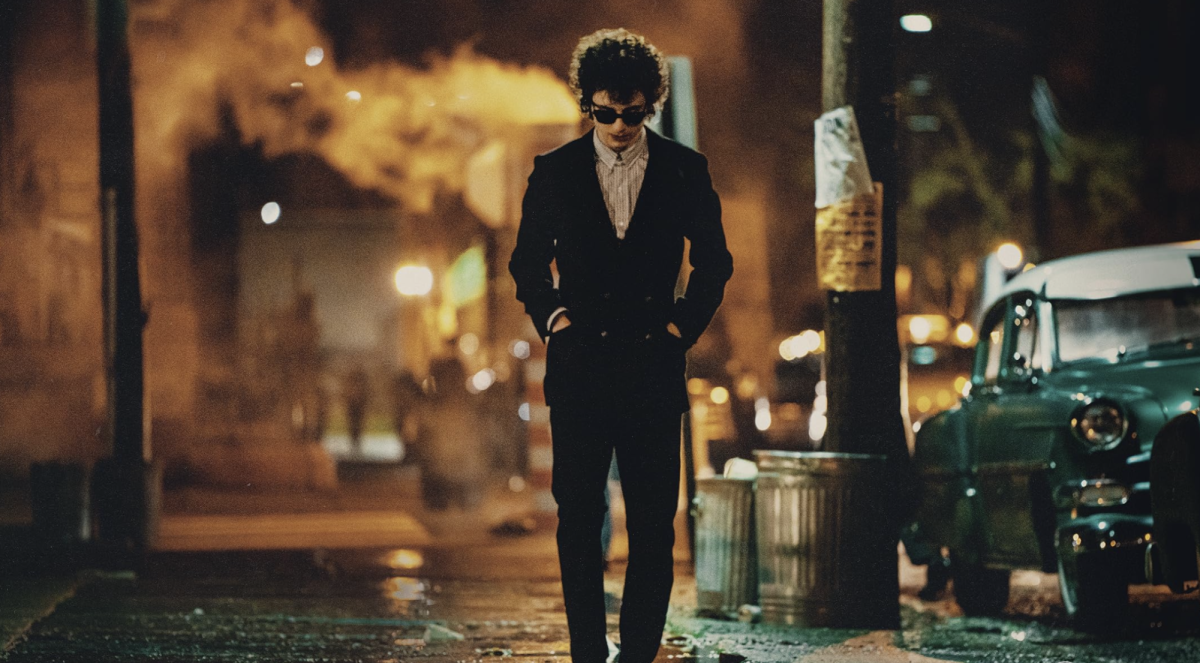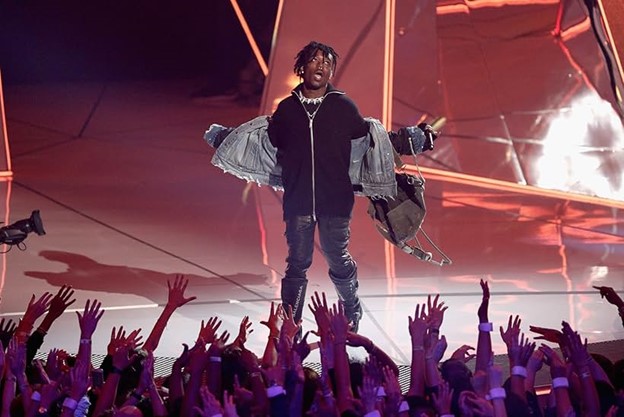
“Selma” begins with intimacy and tension. Dr. Martin Luther King, Jr. prepares to deliver a speech in acceptance of the Nobel Peace Prize. He’s nervous and complains something is not right with his ascot. His wife, Coretta Scott King, reassures him that all is well, and the two proceed to the ceremony. The new Nobel Laureate begins to speak as a somber musical cue resounds. The music doesn’t seem to fit the positive moment. Indeed, something is not right.
The scene cuts to the inside of a church as King’s voiceover continues. Four young girls step down the stairs as they talk about styling their hair. Their conversation pauses for an instant and an explosion erupts through the building. The camera gradually focuses in on the wreckage of the bombed church. Director Ava DuVernay masterfully establishes her film’s tonal balance. “Selma” is both hopeful and unflinchingly realistic. The film affirms that acknowledged progress is a long way from permanent positive change.
DuVernay made the smart decision to focus her narrative on a specific chapter in the Civil Rights Movement, namely the Selma to Montgomery marches that led to the Voting Rights Act of 1965. Her intentions as a storyteller are clear. “Selma” is a historical drama, not a documentary, and nested in that simple fact is the film’s greatest triumph. The narrative hones in on this piece of history to both reflect the past and resonate with the present.
I saw “Selma” on Martin Luther King, Jr. Day. Watching the first major film adaptation of Dr. King’s life on the very day that honors his legacy spoke to me on multiple levels. The film depicts a movement that changed society for the better, but it also serves as an effective reminder this country has still not reached the equality that Dr. King dreamed of.
The director refuses to sugarcoat the struggle that permeated the civil rights movement. Instead, she repeatedly shows that innocent lives are taken in seconds. In one of the film’s most devastating and powerful sequences, DuVernay’s camera bears witness to the horrifying event that became known as “Bloody Sunday.” Squads of white police officers attack peaceful black marchers attempting to cross the Edmund Pettus Bridge. News cameras capture everything as the troopers throw tear gas and bludgeon unarmed people with clubs.
It’s hard to watch these scenes of racially motivated police brutality and not think of the atrocities making headlines today. Oppression, disenfranchisement and marginalization wracked America in the past and continue on today. Every new story of racist violence or vandalism in the nation is deplorable, but as “Selma” proves, it is a poison that America has yet to purge from its veins. The film majestically conveys the indisputable: Black lives matter, and all people must come together to move the nation forward to fully embrace that reality.
Exceptional talent and technical skill carry the film’s message. David Oyelowo is phenomenal as Dr. King. The British actor gives new life to the man whose likeness is synonymous with civil rights and social change. Oyelowo sublimely captures the grandiose inflections and mannerisms of King’s oration – and then goes further. He delves into the subtler nuances of the activist’s persona, into the spirit of a husband, father and friend. When he isn’t delivering a message to many, Oyelowo’s King is quietly thoughtful and world-weary. He speaks in a gentle voice that emanates deep passion.
DuVernay works in tandem with her star to reveal the man beneath the symbol King has become. The director resists the easy temptation to constantly place the civil rights leader in the center of shots. Instead, she often frames King in the corners in wider shots, or distinctly to one side in tighter shots. Occasional shots place the camera behind King’s head as he speaks, or when he leads the march from Selma. DuVernay uses her lens to emphasize that Martin Luther King, Jr. was a man who grappled with conflicts large and small in equal measure. In her hands, he is both more accessible and more admirable.
Cinematographer Bradford Young makes great use of lighting and color to visually represent the shift that King initiates. When the leader initially meets with President Johnson and implores him to pass voting legislation to ensure unencumbered black suffrage, the interior of the White House is lit in stark, cold tones. Young makes a point to bathe scenes centered on King and his allies in richer hues. By the film’s final act, however, a warm glow triumphantly floods Washington. The necessary social change becomes law as the sun rises on the horizon.
I am beyond certain that “Selma” will have a lasting legacy in cinematic history. This is a film that justifiably celebrates what Martin Luther King, Jr. accomplished while underlining what we as a nation still have left to do. Many roadblocks remain, but Ava DuVernay shows that together we possess the cultural inertia to keep the locomotive of progress on the right track. We may still have a long way to go to make this country the place of equality that it was meant to be, but as Dr. King himself states in the film, “the truth marches on.”
Nathan Frontiero can be reached at [email protected].


















